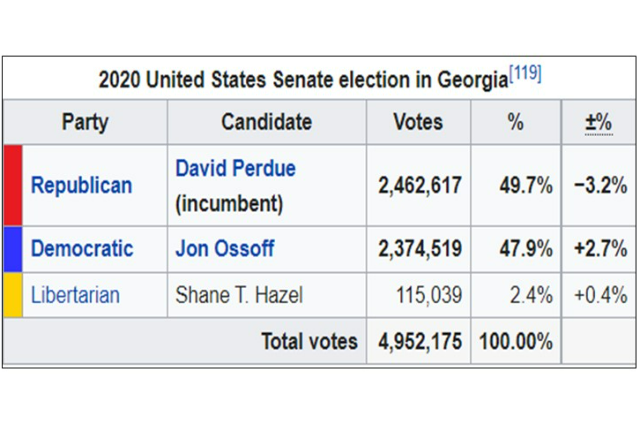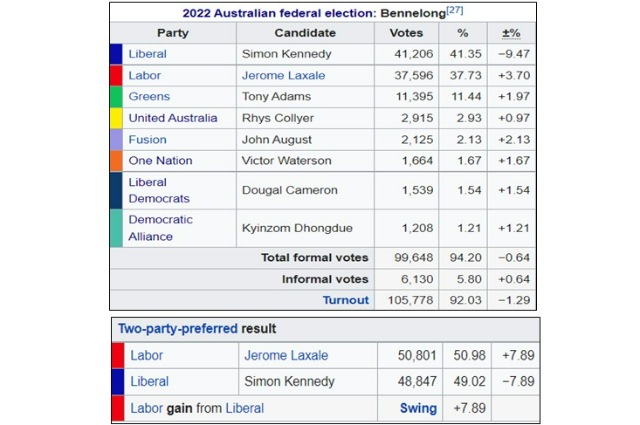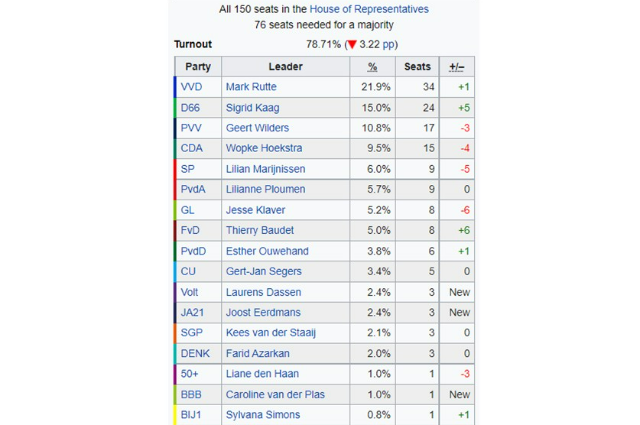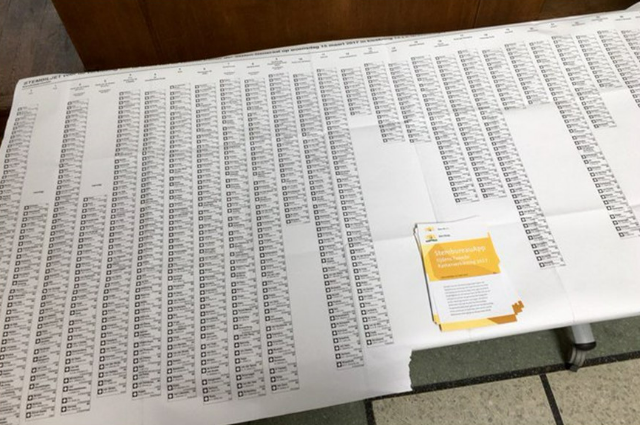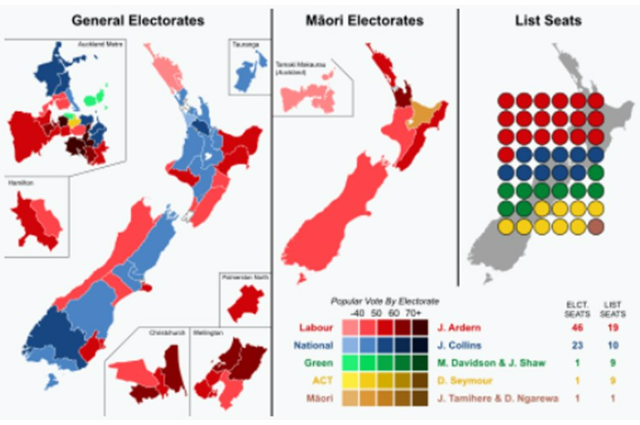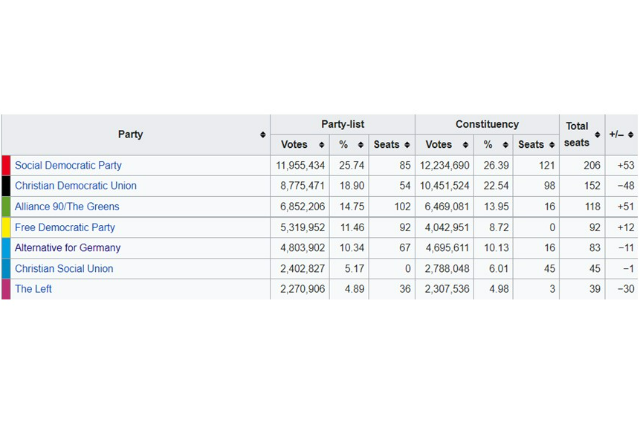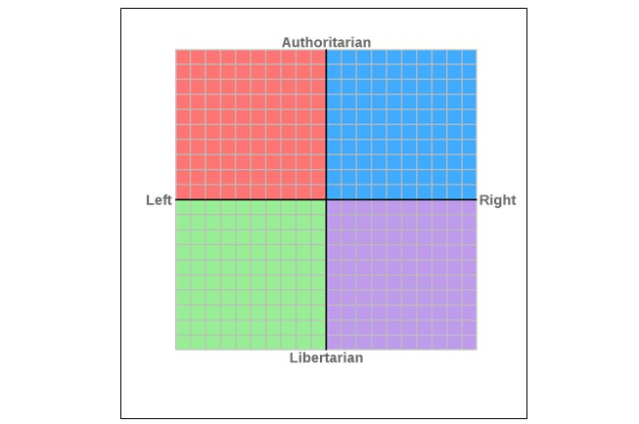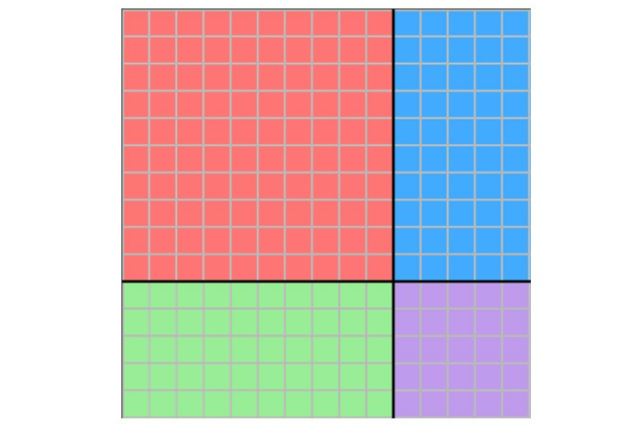Introduction
It is not an exaggeration to say that many people hate politics and many more people get enraged by it. However, politics, political thought and the functioning of a democratic system is much more interesting than what the internet, with its rabid partisan groups, let on. Despite the many virtues of the democratic process, much more can be done to fix the little chinks in democracy’s otherwise indestructible armor.
My Political Views:
It may be unsurprising to many that I am a human with biases. In short, I consider myself to be a left-leaning political realist (i.e.) while I support left-leaning policies but socially and fiscally, I am open to supporting some but not all center-right policies if that means my policies get more support. For example, in the abortion debate, while I believe that abortion should be available to women in most cases, I am open to an 18-week cut-off for unfettered abortion access and restricting it to those with medical complications and sexual assault victims. Meanwhile, in taxation, while I believe that a somewhat high taxation rate for all will result in more money (than paid in taxes, that is) returning to the people, I am also open to increasing taxes on the rich moderately while pursuing tax cuts for the middle class.
Voting System: Ranked-Choice Voting and Proportional Voting
We should also go over the basic types of voting systems so that we can analyze which ones are best for which countries.
The first-past-the-post system is the easiest to understand; people chose one candidate and whoever gets most votes wins the election. However, candidates can win elections despite not winning over a majority of people in their constituency. This system is also susceptible, either inadvertently or intentionally, to gerrymandering. This system is also susceptible to the spoiler effect, where there being multiple candidates running on similar issues will result in the opponent winning due to vote splitting. An example is the 2020-2021 Georgia US Senate election. Three main candidates ran: right-wing Republican David Perdue, left-wing Democrat Jon Ossof, and right-wing Libertarian Shane Hazel. Georgia’s rules state that a second election with the top two candidates contesting would be needed in no candidate attained a majority. The following table illustrates the results of that election:
Here, as none of the candidates won a majority of votes, a runoff was initiated. Due to various factors between Election Day and the runoff day (like election integrity claims), Perdue would lose to Ossof by 1.2%. This election gave the US Senate a 50D-50R balance, which gave Democrats control of the body as the Vice-President, who is a Democrat, can cast a ballot to break a tie.
Meanwhile, in a ranked-choice voting based election, voters rank the candidates on the ballot. Upon counting, if no candidate receives a majority, the candidates at the last are progressively eliminated until any one candidate receives a majority. Often, this means that only two candidates are left at the end of counting as in that case, at least one of the candidates must receive a majority. An example of this is the 2021 New York Democrat mayoral primary:
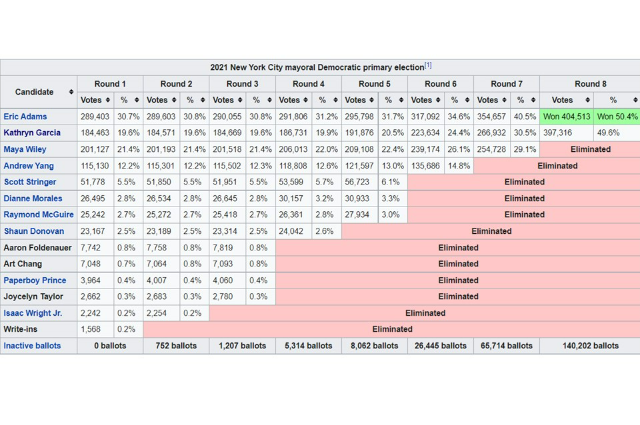
Though the candidate leading from Round 1 ended up winning, the margin of victory ended up much closer than in the first round; it went from a 9.3% margin to around a 0.8% margin. An example of the result changing significantly in this system is the 2022 election in Bennelong, a parliamentary constituency in Australia:
The results are starker than in the previous example: what would have been a 3% Liberal win in a FPTP system became a 2% Labor win. This translates to a 5% swing just because a different system of voting is used.
From this, we can see that the results of election can change significantly if we make a minor change in the way we vote. Though this may seem like a revolutionary way of voting, it is far from a perfect system. Like FPTP, this system is also vulnerable to gerrymandering, as people who vote for a certain wing can be packed in a single district or split between many districts.
The next set of system consist of the proportional systems of voting. I personally classify this system into three types: Dutch Proportionalism, New Zealander Proportionalism, and German Proportionalism.
Dutch proportionalism is pretty straightforward: you choose you most favorite party, the votes are tallied and seats are distributed amongst parties based on the percentage of the votes they receive. Here is the result of the last Dutch election:
In this system, the VVD, with 21.9% of the vote, gets 22.6% of seats. Likewise, a 15% to 16% split is seen for D66, and a 10.8 to 11.3% split is seen for PVV. Therefore, the number of seats a party receives is truly proportional to its popularity. In the Dutch system, the entire nation votes on one ballot and the seats are allocated based on national proportionality. However, this many parties winning seats also lead to this ballot paper:
Proportionalism has many advantages. It ensures a fair balance of society is represented in parliaments worldwide and also aid in diversifying the political landscape.
In the New Zealand system, individual constituencies are preserved while levelling seats are awarded to party to make up the differences between proportion of constituencies won and votes they got, as shown below:
This system ensure that local voters can choose a representative for themselves
Meanwhile, in the German system, local constituencies are preserved while levelling seats are awarded based on proportion of votes won in each state. This gives us the best of multiple worlds: local representatives representing constituencies in the legislature, a proportionality in number of seats, and a scope for federalism in this way of voting. To illustrate this, the results of the 2021 German election are shown below:
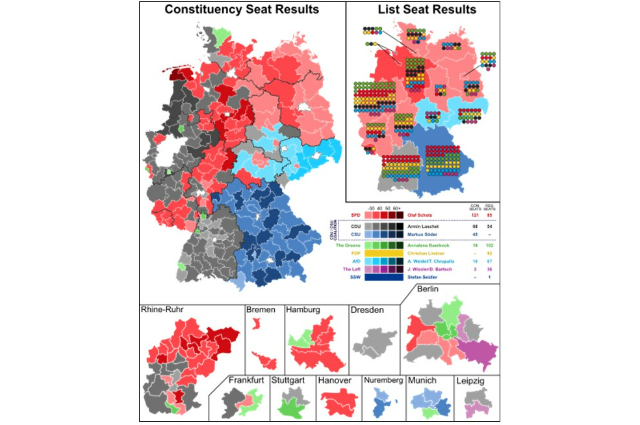
However, proportionalism has its flaws as well. As seats are distributed proportional to the votes received, which is almost always a small fraction of the vote, the formation of a majority becomes difficult and takes months. In Germany, for example, the largest party got only a quarter of the seats and coalition-forming took nearly two months. In some extreme cases, like in Belgium, it once took up a record 541 days to form a government. This also leads to unstable government in some cases, with famous examples being Weimer Germany and Israel. This can, however, be rectified by changing rules regarding dissolution and no-confidence motions; in Germany, for example, a motion of no-confidence can only be passed if it is to replace the current government with a new one. This happened in 1982, when the FDP voted to no-confidence on the SPD government to install a CDU/CSU-FDP government lead by famed Chancellor Helmut Kohl.
Another initiative that can be pursued to improve elections and politics is moving to mail-in ballots. In this system, the ballots are mailed to the homes of eligible voters. Upon selecting their pick, they can either drop their ballot off at a designated ballot box drop-off or mail it back to a designated counting site. Advantages include making the voting process easier for those in isolated communities and those who are sick, generally increasing voter turnout by making the voting process easier and followable to those who don’t usually go out and vote. Though these is scope for some degree of potential fraud in this system, this can easily be rectified by adopting some security measures.
Politics in the Republic of India
Now, let us move on to the political atmosphere of India. But before that, let us go over this chart, the Political Compass:
While the Political Compass has many flaws, it can be used to easily explain the political system and opinions of countries and politicians. The horizontal axis represents the economic axis; left being more worker-oriented and socialist and right being more capitalist. The vertical axes display the social axis; authoritarian being more “conservative” and libertarian being more “progressive”
Due to poverty, both absolute and relative, many Indians are dependent on government assistance to subsist on a daily basis. Therefore, political parties cannot viably operate on a fiscally center-right to right system as these parties, which would most probably be against government handouts, won’t receive significant popular support. This implies that India’s political spectrum is stunted towards the left on economic issues.
At the same time Indians, whom are quite conservative, won’t vote for a socially progressive party, meaning that India is stunted towards the authoritarian side of the spectrum. So, one could say that the Indian political system looks like this:
If we plot some major Indian parties on this scale, it might look like this:
As you can see, most parties in the Indian political system are socialist in nature (i.e.) support giving government assistance to the poor. Also, most parties are very close to the authoritarian end of the graph in what is already a stunted political ecosystem.
Also, in India, representatives of the people aren’t always representative of their voting patterns. For example, in 2021, the UPA and NDA got a similar number of votes in the Legislative Assembly election. Despite this, the NDA commands a huge majority in the Assembly, while the Congress is relegated to holding around four-tenths of the seats.
This situation can only be solved by moving from an FTP voting system to a fairer one. Though proportionalism is the most ideal system for any country, it would make our already politically fractured legislatures more fractured, making government-formation near impossible. However, a ranked-choice voting system can be implemented, leading to a more equitable distribution of seats. A ranked choice voting system would also lead to coalescing of anti-incumbent vote to the largest anti-incumbent party in each constituency.
A Global Outlook on Politics
Globally speaking, we can see a few trends regarding politics. Most countries around the world are moving leftward politically. Many countries are also expressing strong anti-incumbency through their regional election and by-elections. The war in Ukraine has also seen a rise in defence awareness amongst governments, with Germany introducing a comprehensive reform in the sector and Norway and Sweden ending their long pledge of neutrality to join NATO.
A notable nation bucking this trend is India. In a time where most world leaders are unpopular within their countries, Modi’s approval ratings are as high as 70%, and the BJP is winning a lot of state elections by significant margins. The nation is slowly moving right, which can bee seen with left-leaning parties trying to embrace religion. Increased taxes on people and tax cuts for corporations and the rich is an indicator of the nation moving to an economically right-wing trajectory.
Conclusion
In short, politics and the political world, while seemingly distasteful at first, is very important to follow up on as the fate of a nation balances on it. While democracy is comparatively great to authoritarian regimes, it can still be perfected by pursuing voting reform and adopting election method such as proportional voting, ranked choice voting, and more. In a global scale, with the exception of India, many nations and people are moving towards the left of the political spectrum.

